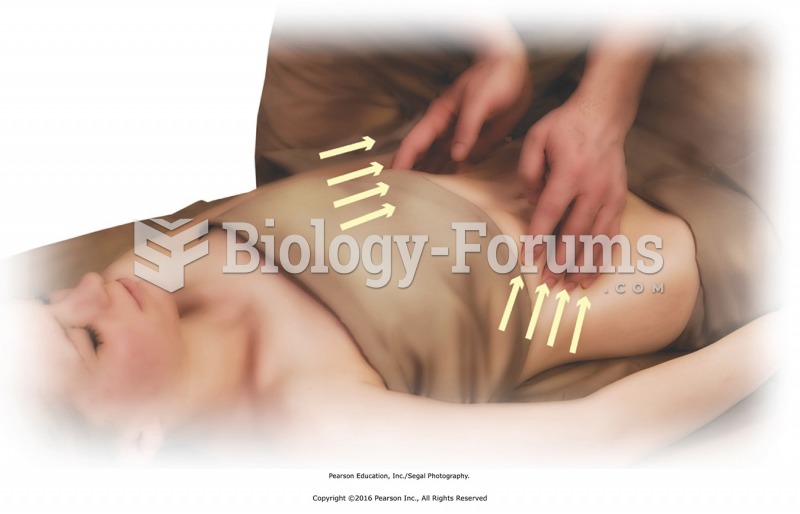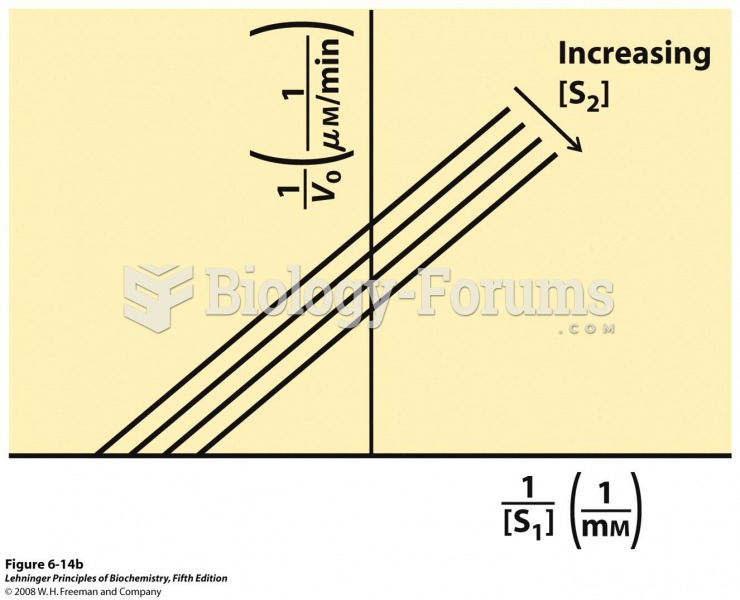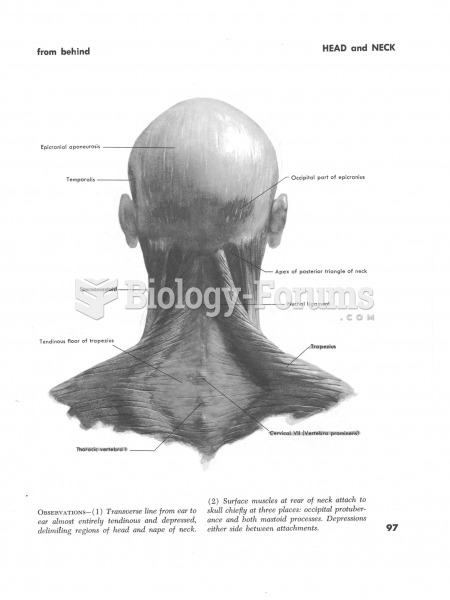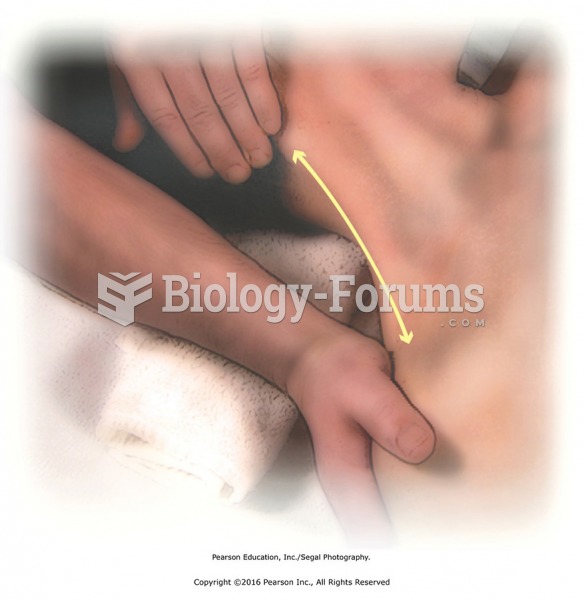|
|
|
Carbamazepine can interfere with the results of home pregnancy tests. If you are taking carbamazepine, do not try to test for pregnancy at home.
The Centers for Disease Control and Prevention (CDC) was originally known as the Communicable Disease Center, which was formed to fight malaria. It was originally headquartered in Atlanta, Georgia, since the Southern states faced the worst threat from malaria.
To prove that stomach ulcers were caused by bacteria and not by stress, a researcher consumed an entire laboratory beaker full of bacterial culture. After this, he did indeed develop stomach ulcers, and won the Nobel Prize for his discovery.
A cataract is a clouding of the eyes' natural lens. As we age, some clouding of the lens may occur. The first sign of a cataract is usually blurry vision. Although glasses and other visual aids may at first help a person with cataracts, surgery may become inevitable. Cataract surgery is very successful in restoring vision, and it is the most frequently performed surgery in the United States.
People with high total cholesterol have about two times the risk for heart disease as people with ideal levels.
 Restriction fragment-length polymorphisms showing different HaeIII genotypes in the b-fibrinogen ...
Restriction fragment-length polymorphisms showing different HaeIII genotypes in the b-fibrinogen ...
 Adjust drape for abdominal massage, and stand at the side of the table facing the head. Place hands ...
Adjust drape for abdominal massage, and stand at the side of the table facing the head. Place hands ...





